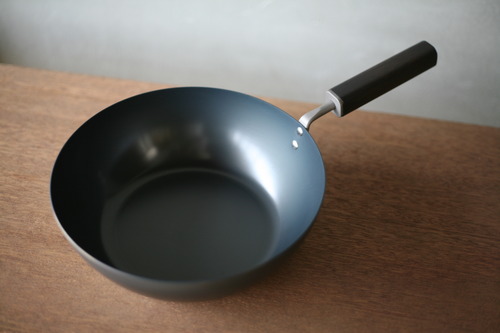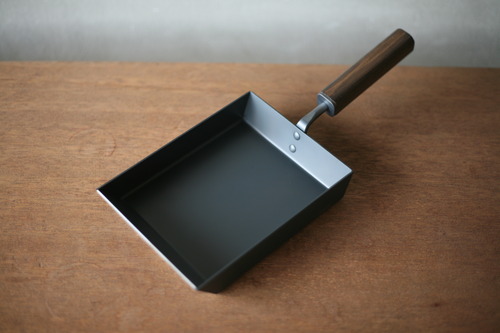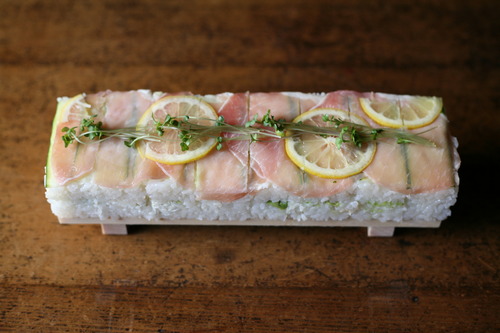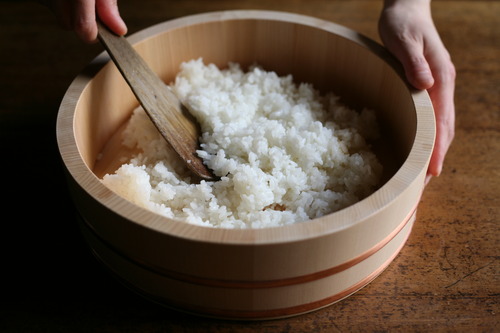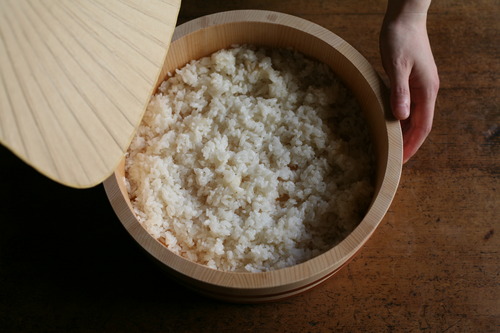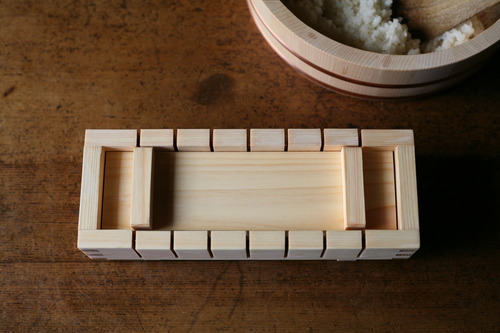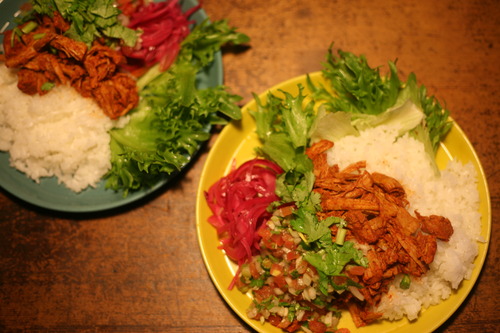

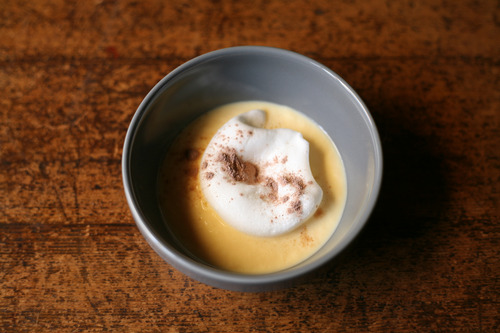
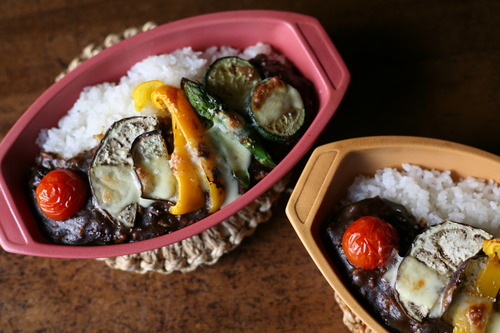
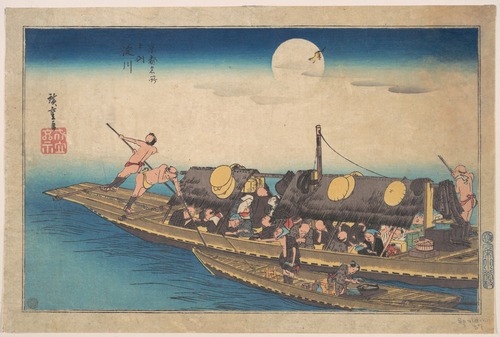
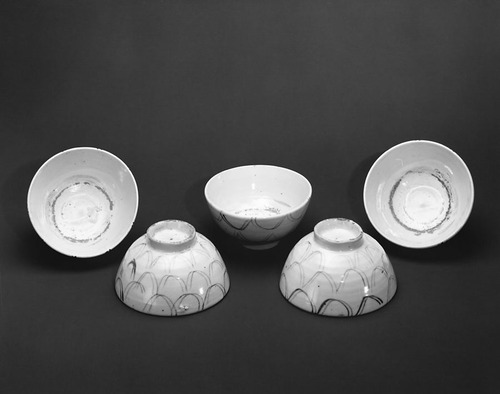
Among the Hasami ware produced in Hasami Town, Nagasaki Prefecture, the thick porcelain products made especially from the 18th century to the first half of the 19th century are called “Kurawanka bowls.”
Its name comes from the fact that it was used in the Edo period on the Yodogawa River in Osaka to sell food and drink on "Kurawanka boats" with the shouts of “Rice kurawanka, mochi kurawanka.”
These kurawanka bowls were sturdy, unbreakable even when used on boats, simply painted, and sold at a reasonable price. It overturned the image of porcelain as a luxury item for the common people at the time, and changed it into something that many people could easily use on a daily basis.
Hasami, which we have been selling for many years, is also made with respect to the roots of Hasami ware, which led porcelain from a luxury item to a daily necessity, and is a practical design that can be used in daily life without hesitation.
Hasami
https://www.shokunin.com/en/hasami/blockmug.html
References
https://ja.wikipedia.org/wiki/波佐見焼
http://www.hasamiyaki.or.jp/porserin/index.html
https://core.ac.uk/download/pdf/196704618.pdf
